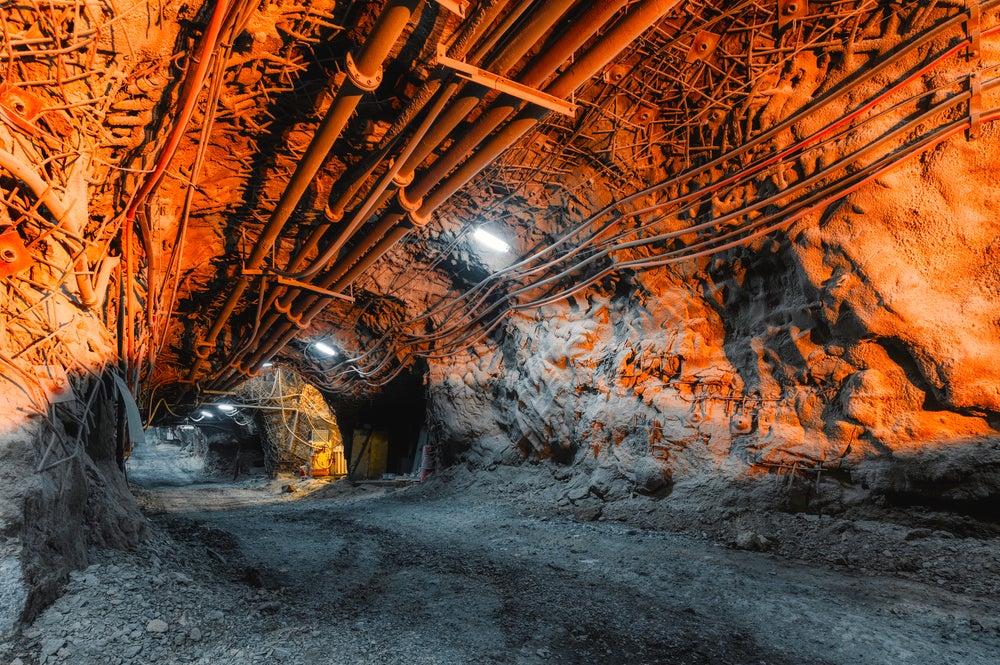
Petronas has awarded a contract to Baker Hughes, an energy technology firm, to deliver carbon dioxide (CO₂) compression equipment to the company’s Kasawari offshore carbon capture and sequestration (CCS) project in Sarawak, Malaysia.
The companies expect to build the “world’s largest offshore CCS facility”, capable of reducing CO₂ emissions by 3.3 million tonnes per year.
How well do you really know your competitors?
Access the most comprehensive Company Profiles on the market, powered by GlobalData. Save hours of research. Gain competitive edge.

Thank you!
Your download email will arrive shortly
Not ready to buy yet? Download a free sample
We are confident about the unique quality of our Company Profiles. However, we want you to make the most beneficial decision for your business, so we offer a free sample that you can download by submitting the below form
By GlobalDataBaker Hughes also announced on Tuesday that it would supply turbo compression equipment to transfer CO₂ generated from flaring at the Kasawari gas production and reinject it through a subsea pipeline into a depleted offshore field.
The company expects the CCS project to significantly reduce the CO₂ volume currently emitted by flaring as part of the overall Kasawari gas development, allowing Petronas to progress toward its net-zero carbon emission targets by 2050.
Rod Christie, executive vice president of industrial and energy technology at Baker Hughes, said: “This award demonstrates the viability of significant, commercial-scale carbon-capture projects, which are critical for the energy transition. This project proves that CCS technology can be deployed even in challenging environments, including offshore gas facilities, and provides an important step forward for reducing emissions from natural gas production.”
Baker Hughes will provide two low-pressure booster compressors to allow CO₂ removal through membrane separation technology and two trains to reinject the separated CO₂ into a designated storage facility. The trains, equipped with gas turbines with dry low-emission technology, provide higher fuel economy and lower nitrogen oxide emissions even with high CO₂ content fuel gas. The casing of the compressors also allows for a smaller footprint compared to traditional alternatives, an important distinction in an offshore setting.







